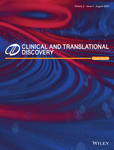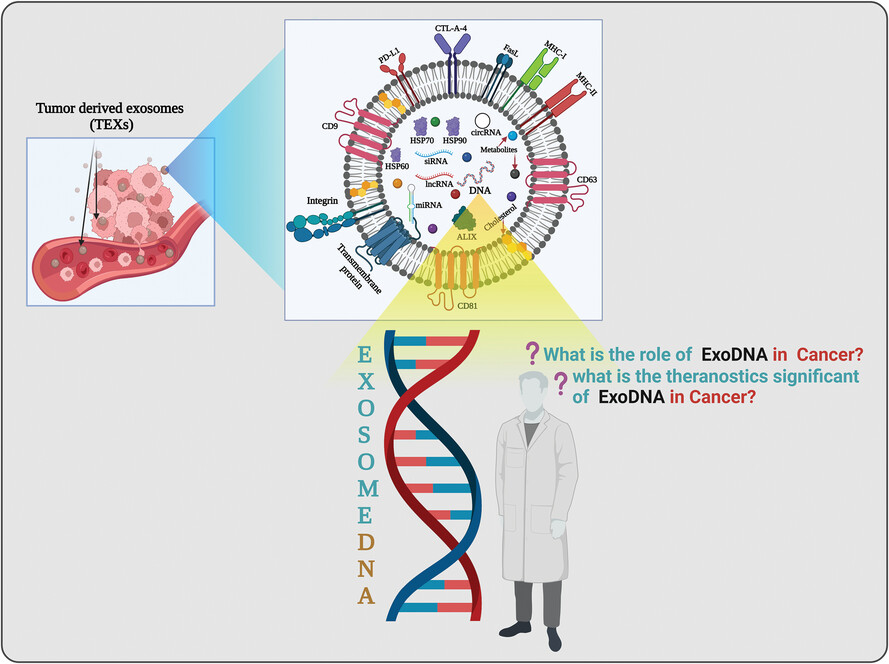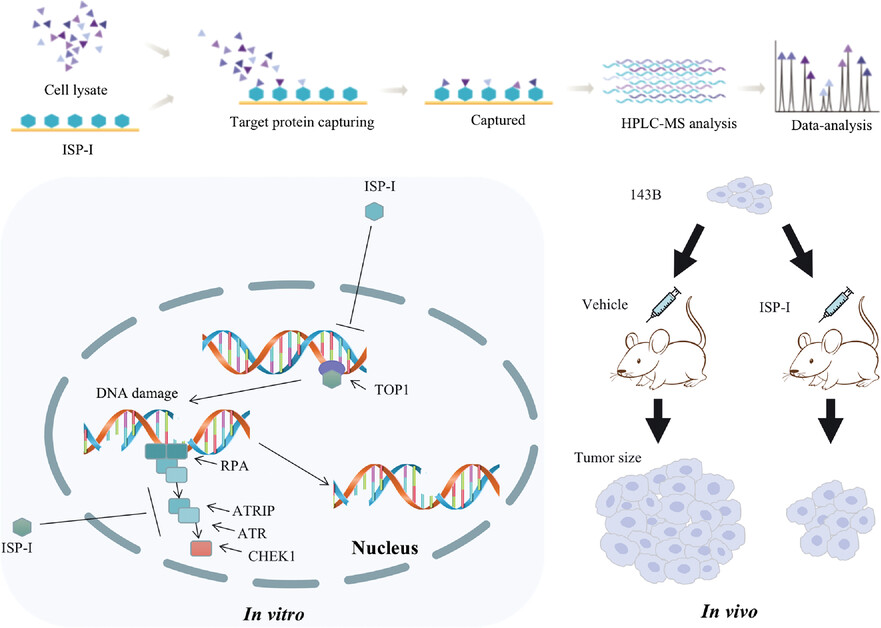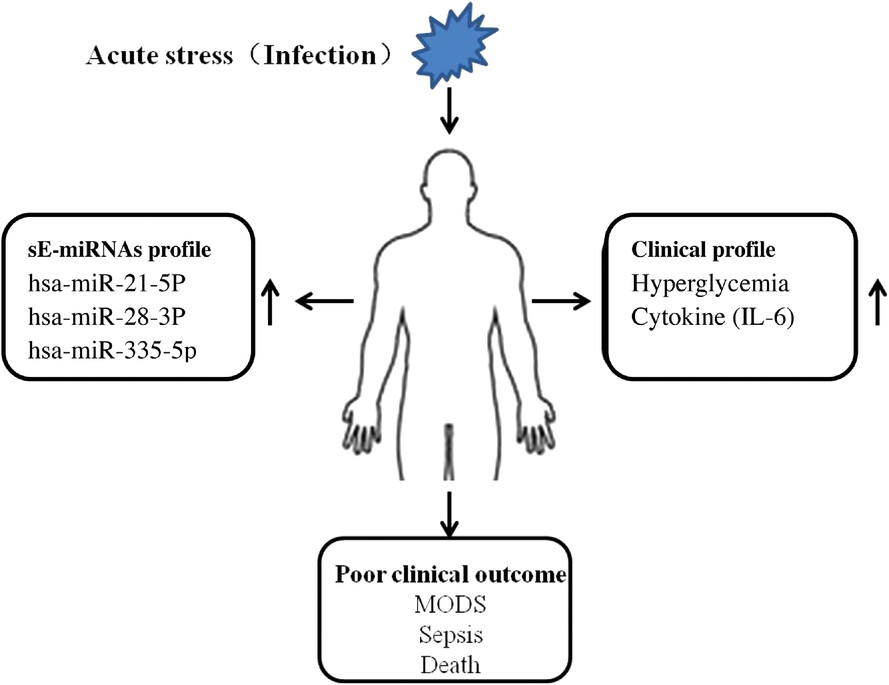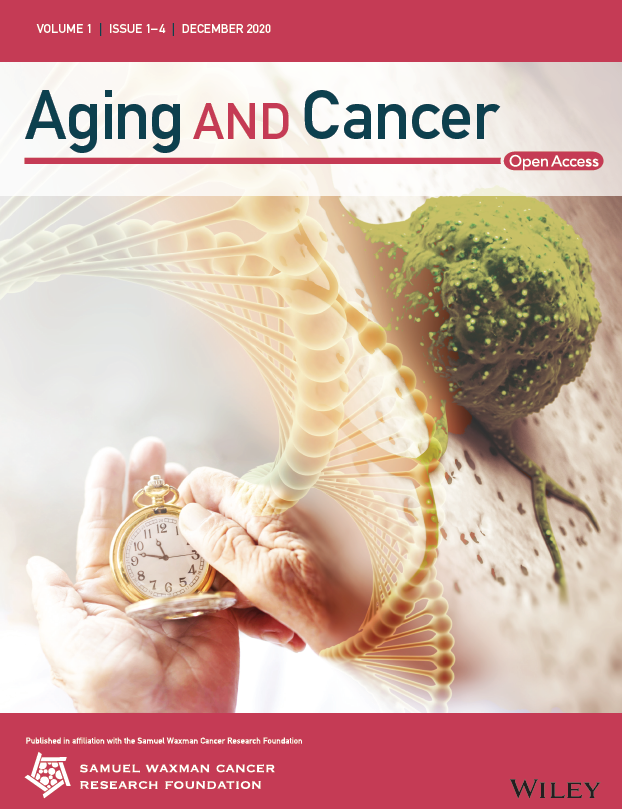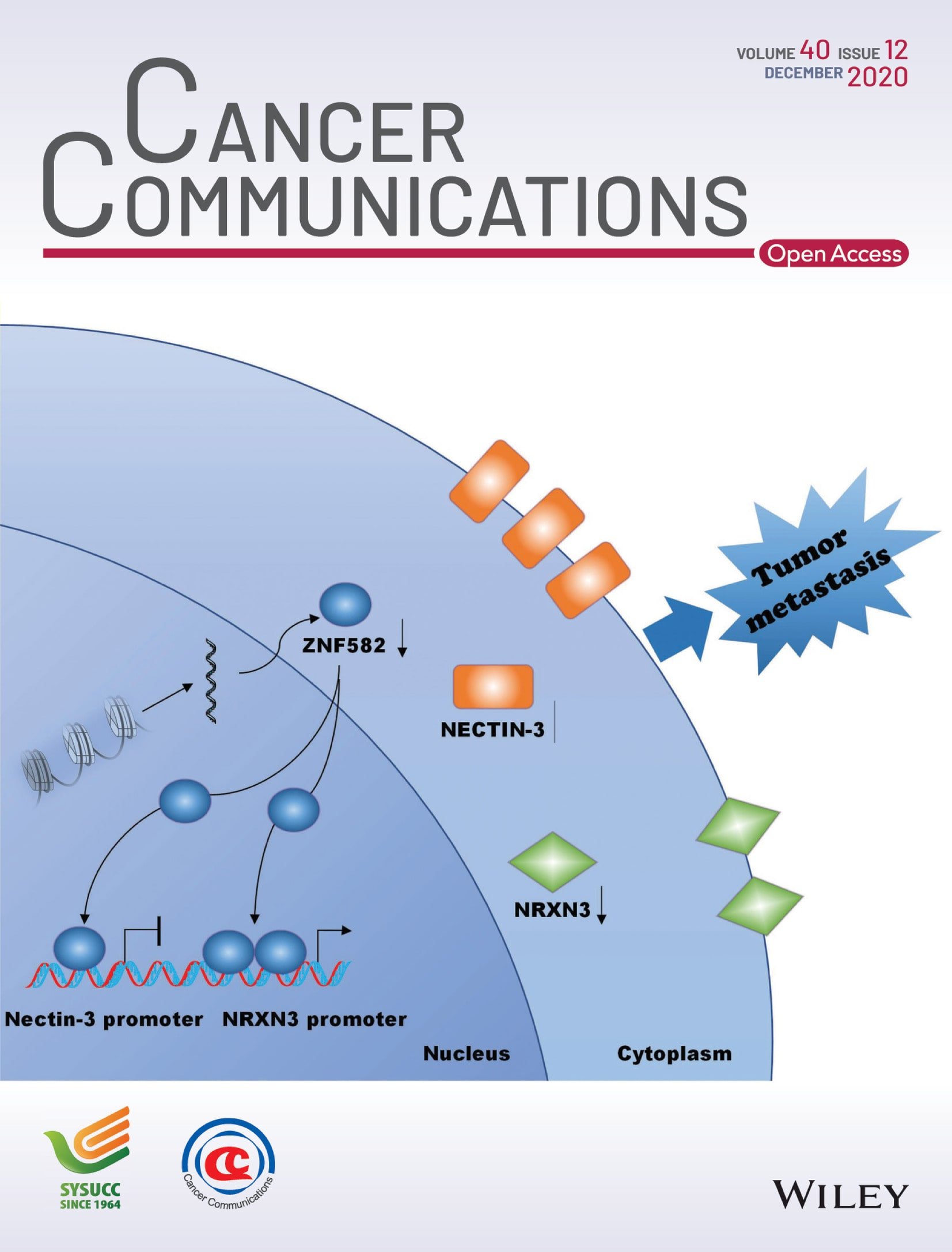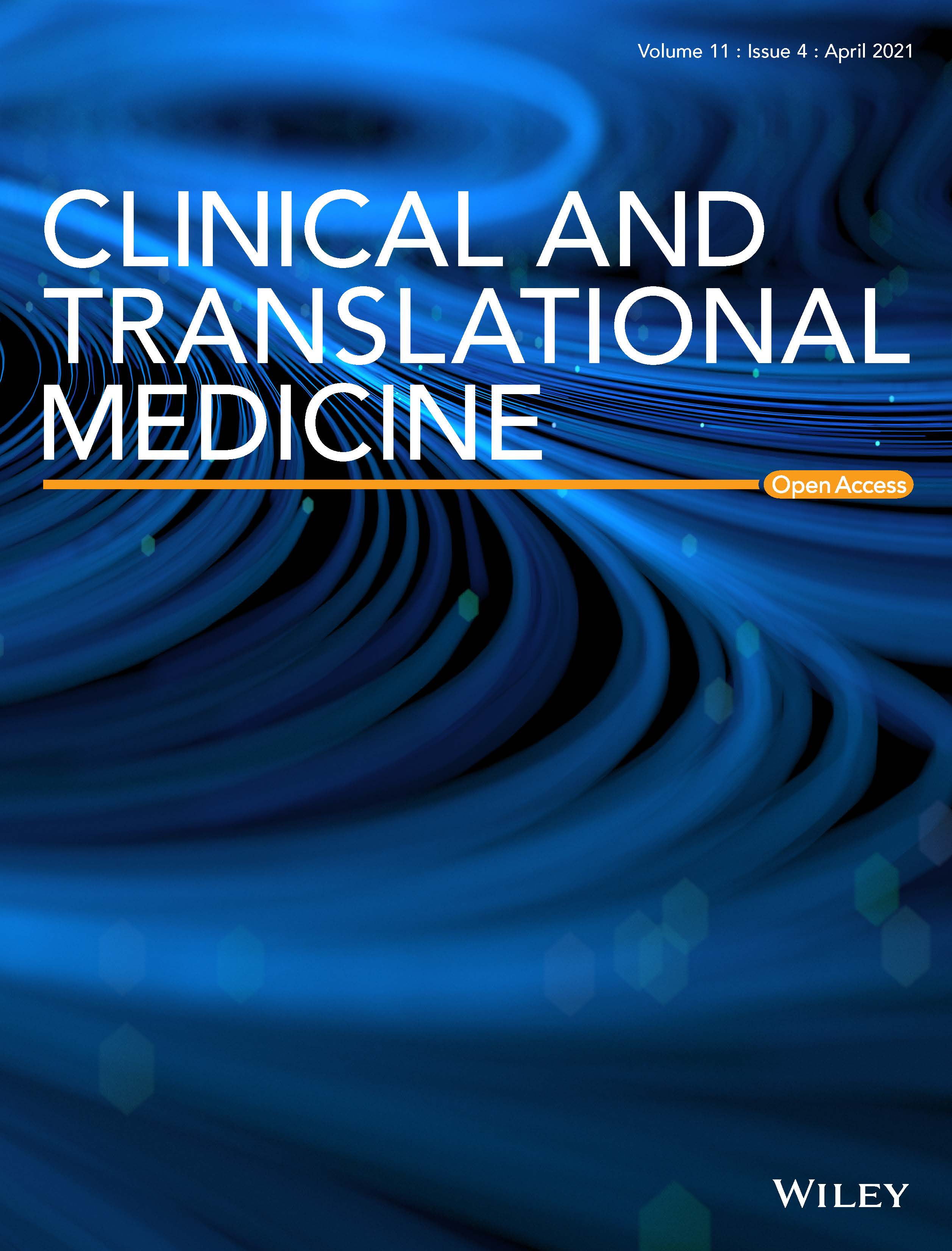Journal list menu
Export Citations
Download PDFs
ISSUE INFORMATION
COMMENTARY
RESEARCH ARTICLES
Dead but functional liquid nitrogen-treated umbilical cord mesenchymal stem cells accelerate full-thickness skin wound healing
- First Published: 10 July 2023
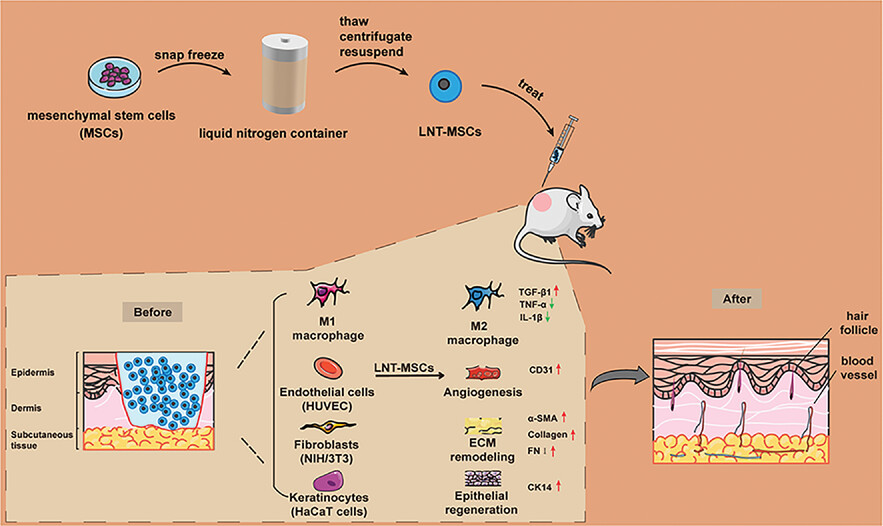
- LNT-MSCs maintained similar cellular structures and surface markers to those of live-MSCs.
- LNT-MSCs accelerated wound closure by enhancing the proliferation and migration of skin cells, promoting angiogenesis, and inducing a favourable macrophage phenotype shift.
- The regenerative healing effect of LNT-MSCs was comparable to that of live-MSCs.
- LNT-MSCs are a potential alternative strategy for accelerating wound closure that avoids unpredictable differentiation results and creates a ready-to-use cell bank for clinical applications.
REVIEW ARTICLES
Expert consensus on standardized management of tumor gene sequencing for cancer patients
- First Published: 10 July 2023

• Tumour patients should select appropriate test samples and test content before receiving gene testing.
• A clear informed consent statement should be provided during the test.
• Detailed report, counseling and monitoring should be provided after gene test.
• The management of gene testing should cover tumour screening, molecular classification and companion diagnosis, and recurrence monitoring.
SHORT COMMUNICATION
Strategy on precision medicine multidisciplinary team in clinical practice
- First Published: 10 July 2023
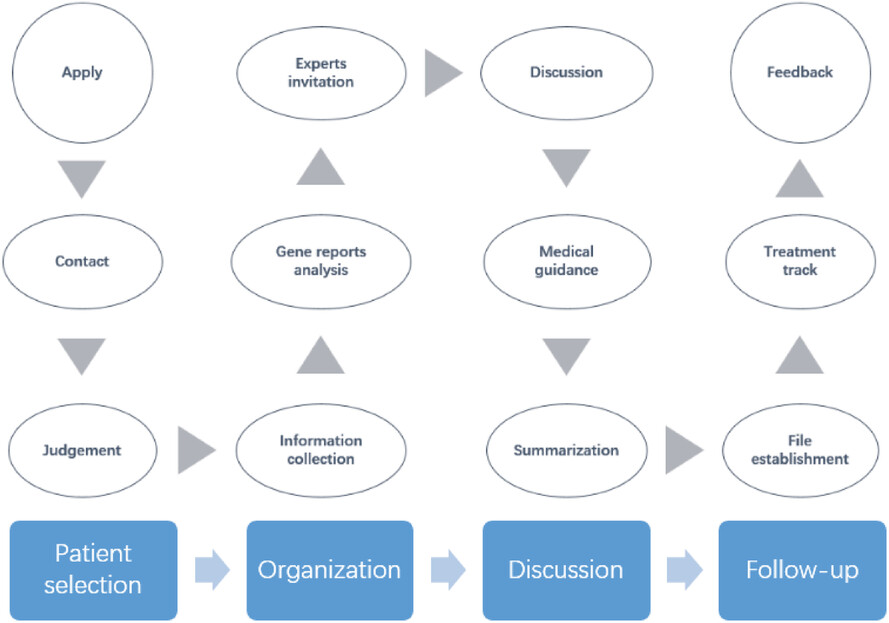
• There are mainly three types of precision medicine multidisciplinary team (MDT) patients: tumour, infectious disease and inherited disease.
• Patients of precision medicine MDT must have gene test reports.
• The diagnosis and treatment strategy combines clinical phenotype with gene test reports to determine the treatment plan, and monitor the disease in the follow-up to obtain timely medical feedback.
REVIEW ARTICLES
Biogenesis, function, and landscape of tsRNAs in central nervous system diseases
- First Published: 11 July 2023
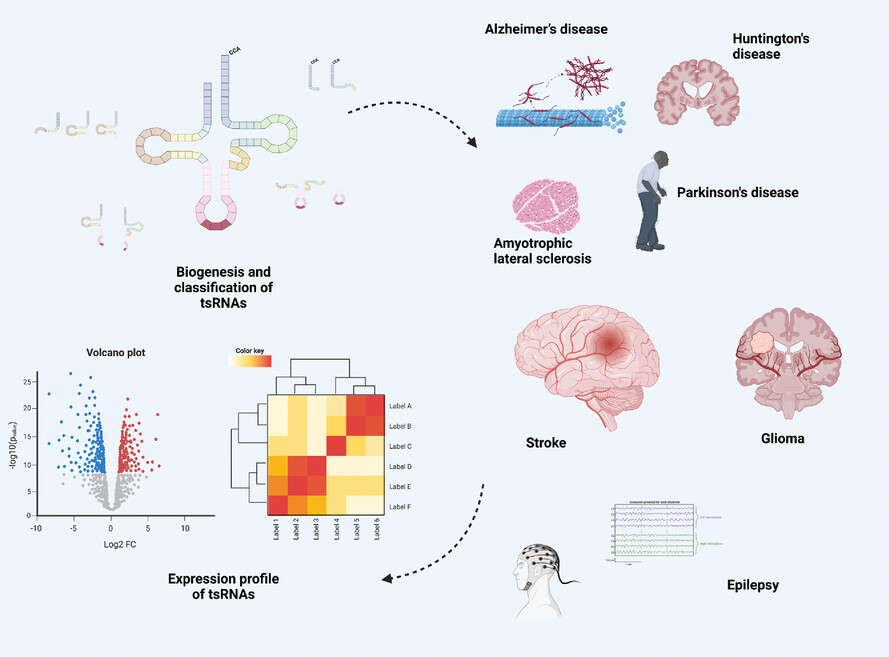
We describe the biogenesis and classification of transfer RNA-derived small RNAs (tsRNAs) and the effects of chemical modification of tRNA on the generation of tsRNAs. We summarize the diverse biological roles of tsRNAs. We focused on summarizing the potential roles of tsRNAs in central nervous system diseases.
RESEARCH ARTICLES
The immunosuppression effects of deforolimus (ridaforolimus, AP23573) on allograft organ transplantation
- First Published: 20 July 2023
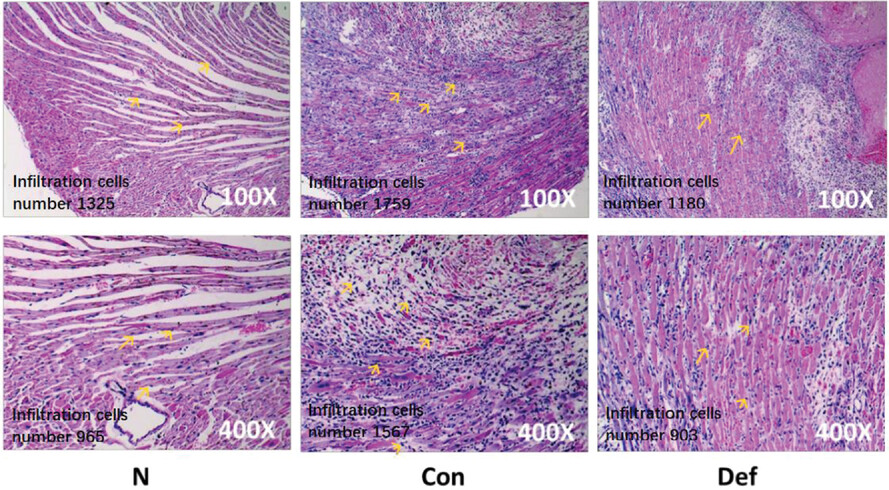
The paper demonstrated that Deforolimus could inhibit the immune system of the heart allotransplantation recipients to extend the recipients life. The mechanisms included induction of Tregs (regulatory T cells), induction of T cells anergy, and decreasing proportion of T cells in spleens and lymph nodes.
Isovalerylspiramycin I inhibits proliferation, migration and invasion of osteosarcoma cells by targeting Topoisomerase 1 and suppressing the ataxia telangiectasia and Rad3-related/checkpoint kinase 1 pathway
- First Published: 20 July 2023
Profiling of circulating serum exosomal microRNAs in elderly patients with infectious stress hyperglycaemia
- First Published: 15 July 2023
COMMENTARY
CRISPRa system activates myokines FGF21 and FNDC5: Promoting fat browning and improving diet-induced obesity in mice
- First Published: 26 July 2023
A prediction model for end-stage renal disease risk in Chinese diabetic patients
- First Published: 26 July 2023
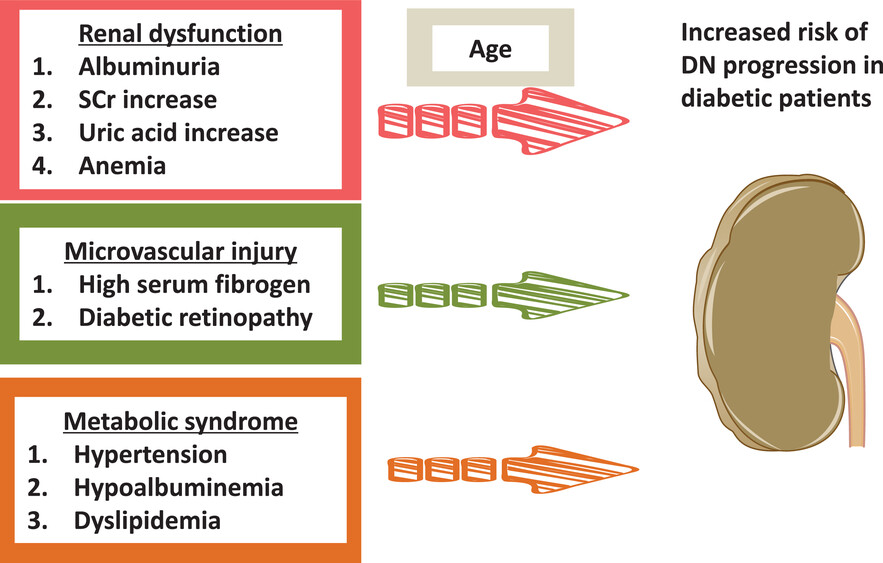
- China has an enormous cohort of T2DM patients. Prediction model for diabetic nephropathy progression risk in Chinese T2DM patients is limited. A prediction model generated by Gao et al. from a large cohort of Chinese T2DM patients highlighted the crucial pathological changes that may increase the diabetic nephropathy risk in Chinese diabetic patients. Applying this prediction model may benefit the management of Chinese T2DM patients.
Criteria for myelin oligodendrocyte glycoprotein antibody-associated disease: Balancing underdiagnosis with overdiagnosis
- First Published: 27 July 2023
Transferability of polygenic risk score among diverse ancestries
- First Published: 07 August 2023
Nuclear circRNA: Impairing genome stability via circR loops
- First Published: 06 August 2023
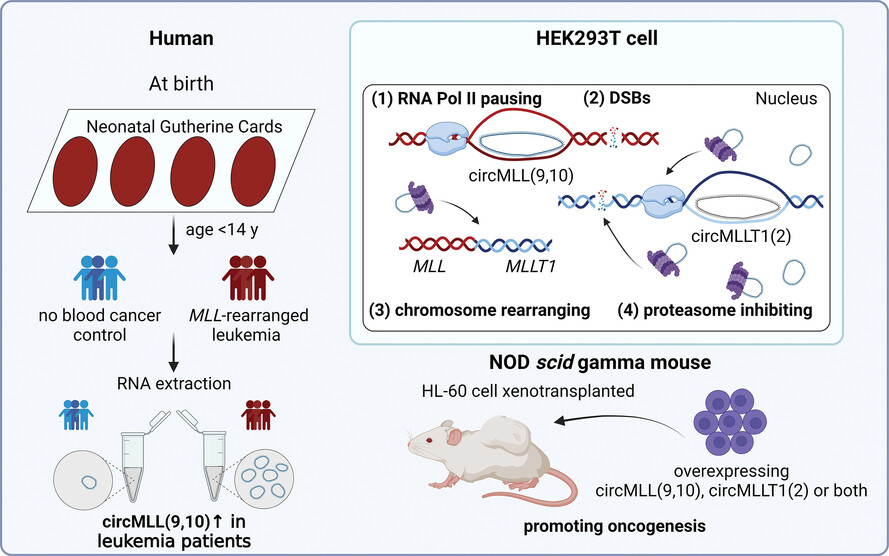
In our manuscript, we revisited the general information of circRNAs, interpreted the results of the study, and showed our prospects on the use of nuclear circRNAs and circR Loops in the prevention, diagnosis, and treatment of leukemia. Additionally, we proposed to explore the effects of circR Loops in neurological diseases because the gene set of circR Loops is mostly enriched in central nervous systems rather than leukemia as demonstrated by the ORA data from Conn et al.
REVIEW ARTICLES
Lymph node metastasis in oral squamous cell carcinoma: Where we are and where we are going
- First Published: 13 August 2023
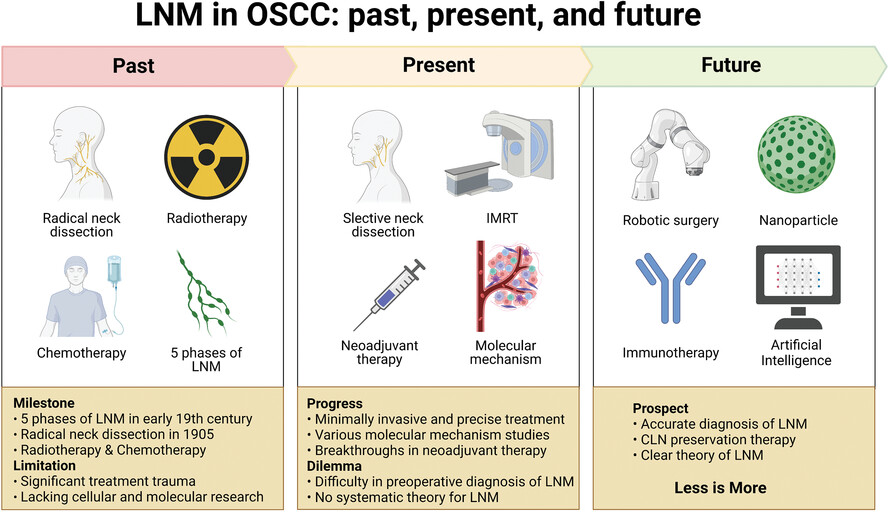
- The neck management of lymph node metastasis (LNM) in oral squamous cell carcinoma (OSCC) has transitioned from radical approaches towards more minimally invasive techniques.
- Significant research gaps persist in the field of OSCC LNM.
- The advent of advanced technology promises to expedite and enhance such research.
The genetic communication and interaction between chronic kidney diseases and frailty
- First Published: 13 August 2023
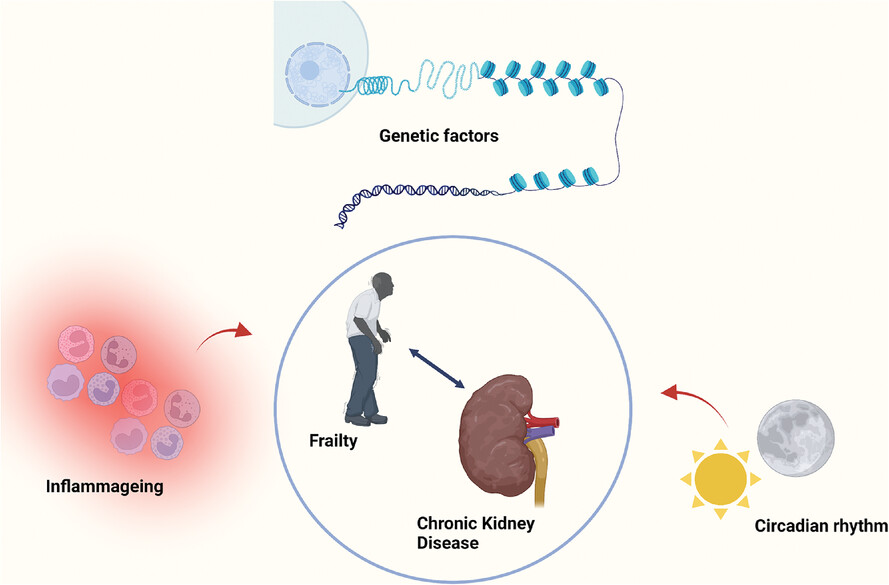
The heritability of kidney affects the risk of chronic kidney disease and frailty.
Inflammageing-related metabolites, including tryptophan, taurine, carnitine and sphingolipids, link chronic kidney disease and frailty.
Circadian rhythm disorders may play a key role in the interaction between chronic kidney disease and frailty.
Trans-ethnic polygenic risk scores for body mass index
- First Published: 13 August 2023
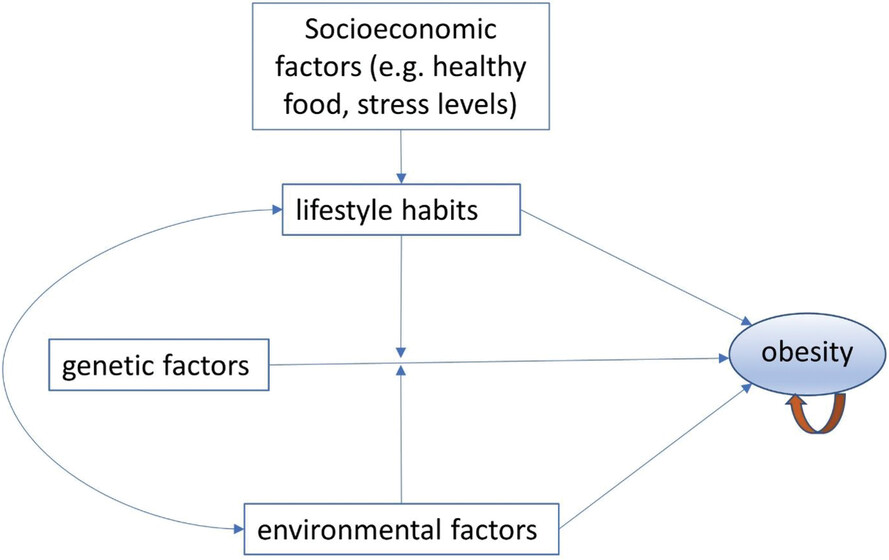
Obesity is a complex trait caused by a combination of genetic, environmental and lifestyle factors.
An effective body mass index (BMI) polygenic risk score (PRS) model can assist with the prediction and early detection of obesity.
The development of a trans-ethnic PRS for BMI necessitates collective action from the research community, and requires genomic data from diverse populations.
COMMENTARY
Targeting RNA-binding proteins for cancer therapy
- First Published: 16 August 2023
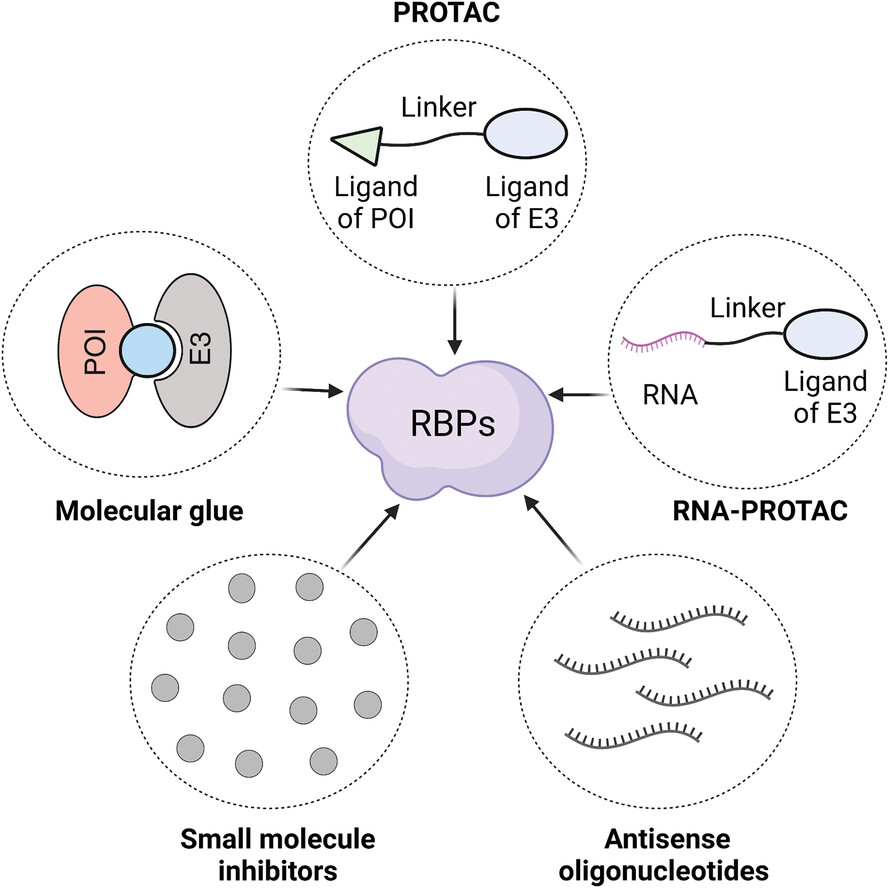
In this commentary, we briefly summarize the function of RNA-binding proteins (RBPs) and the major discovery for IGF2BP3 in the paper that will be published in Clin Transl Med. We also introduce the mechanism of how the E3 ligase Parkin mediates the ubiquitination and function of its new substrate IGF2BP3.
Finally, we discuss the future perspectives on the strategies for the regulation of IGF2BP3 and other RBPs.
The impact of sulfatide loss on the progress of Alzheimer's disease
- First Published: 17 August 2023
The potential molecularly therapy target to MYCN-amplificated neuroblastoma
- First Published: 24 August 2023
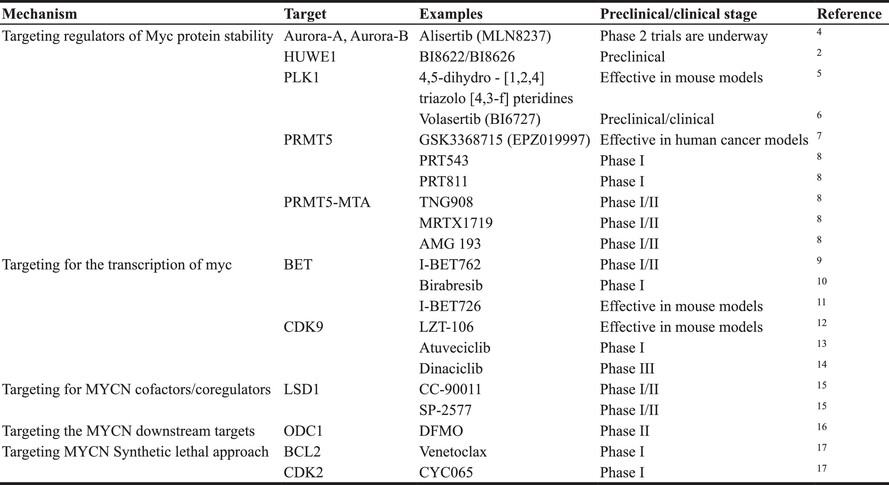
The amplification of MYCN leads to malignant progression of NB and poor prognosis. Traditional chemotherapy is still a standard treatment for NB, and most of the cytostatic drugs take function in anti-neuroblastoma. However, children with NB exhibit different clinical outcome variability and biological characteristics compared to adult patients, it is an urgent need to explore novel, safer, and more efficacious treatments.




